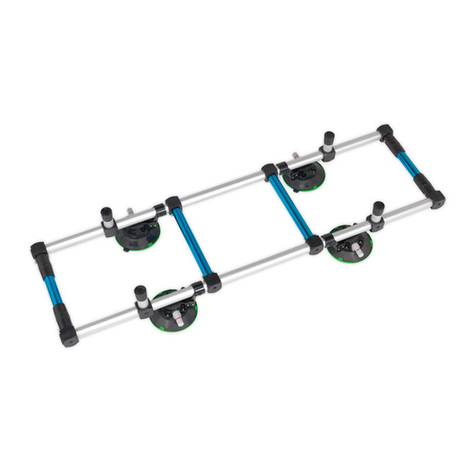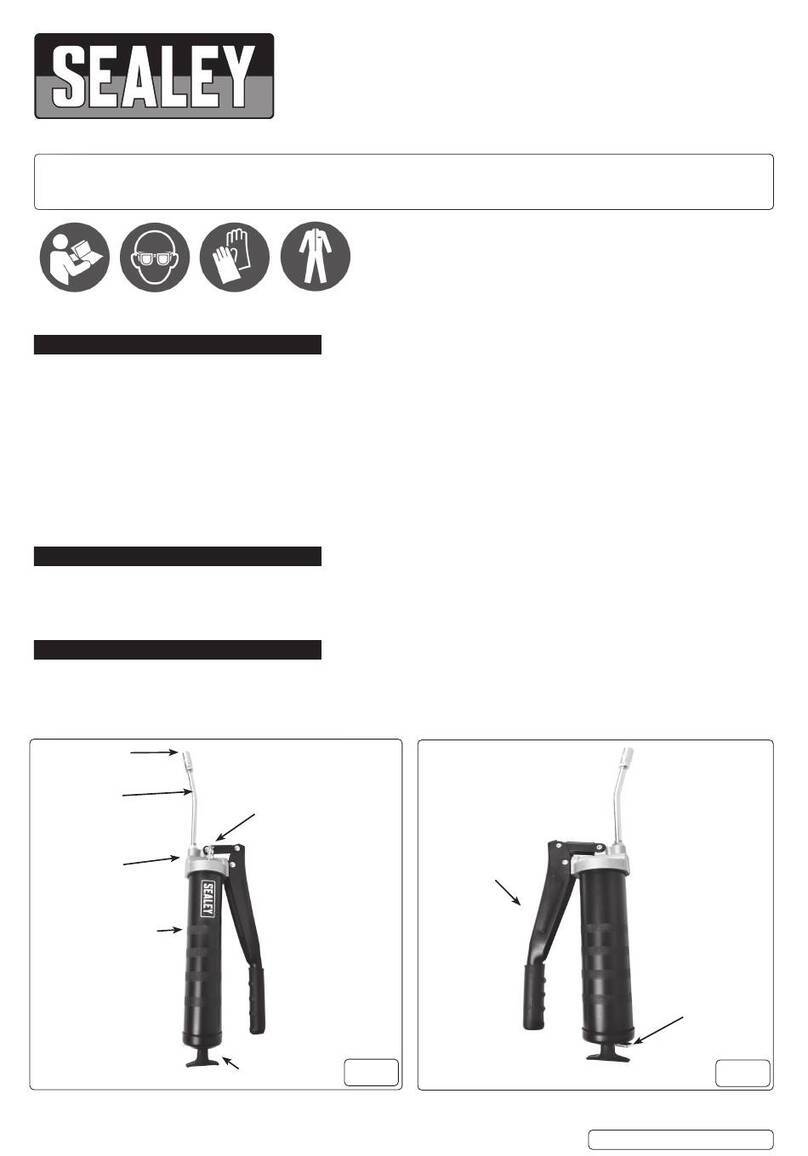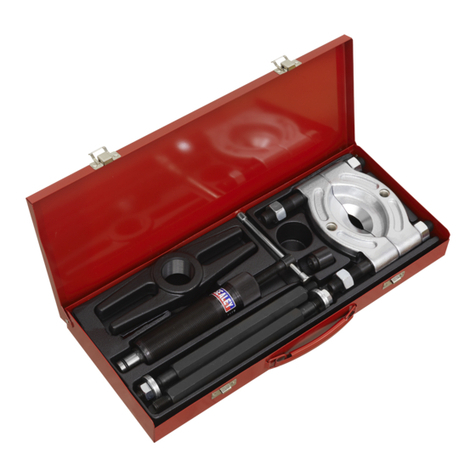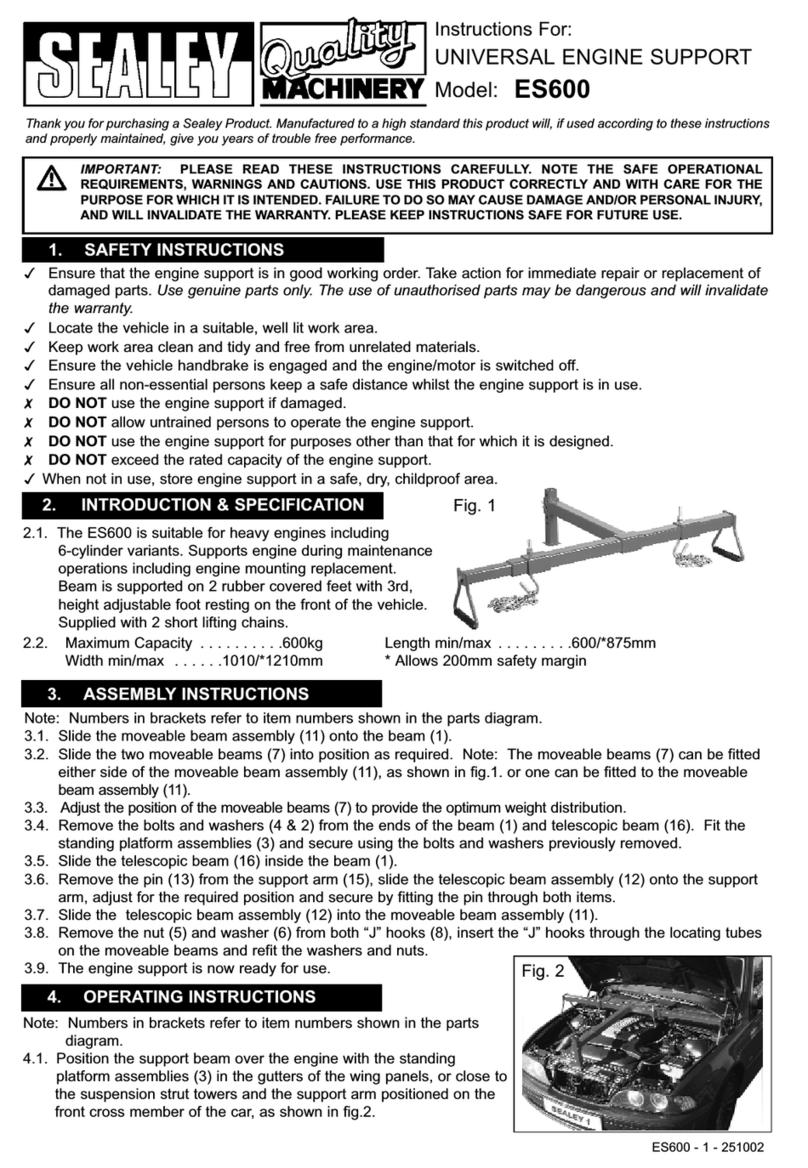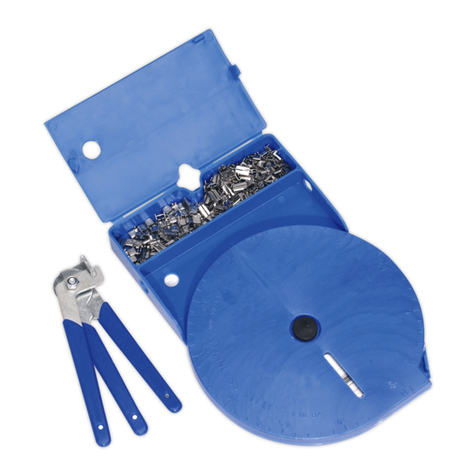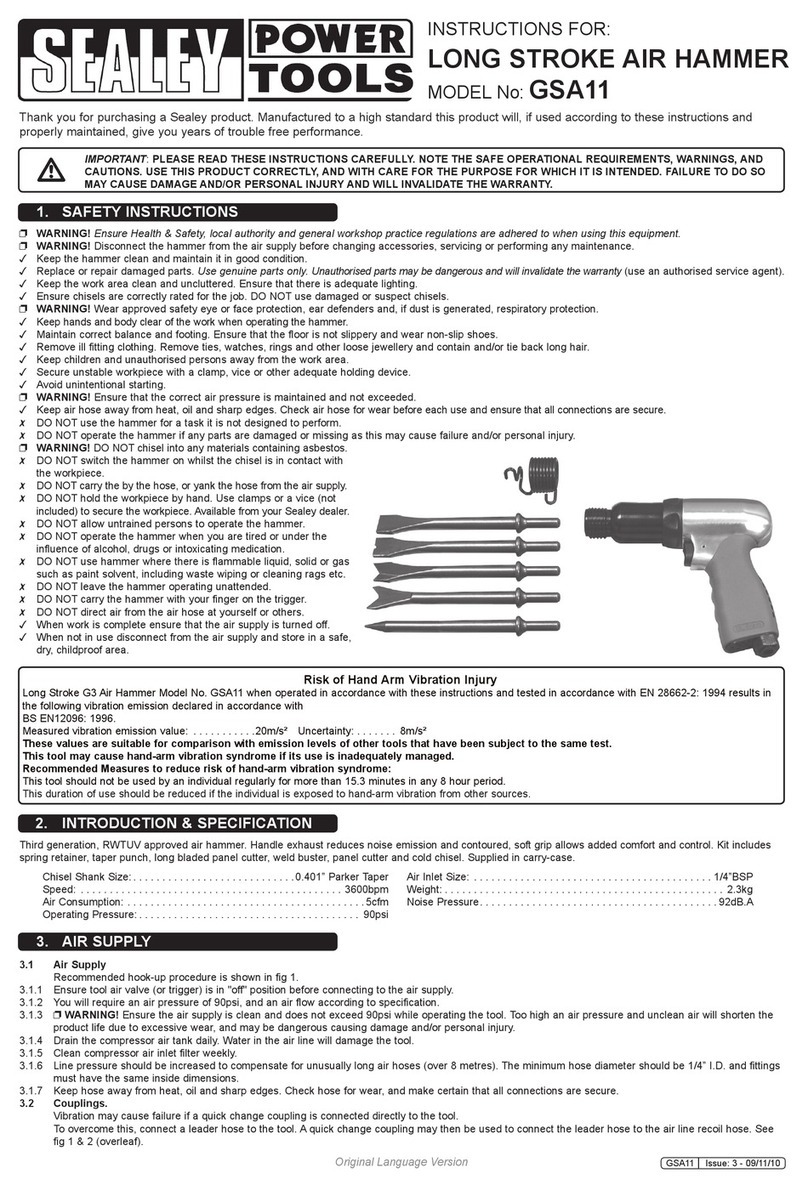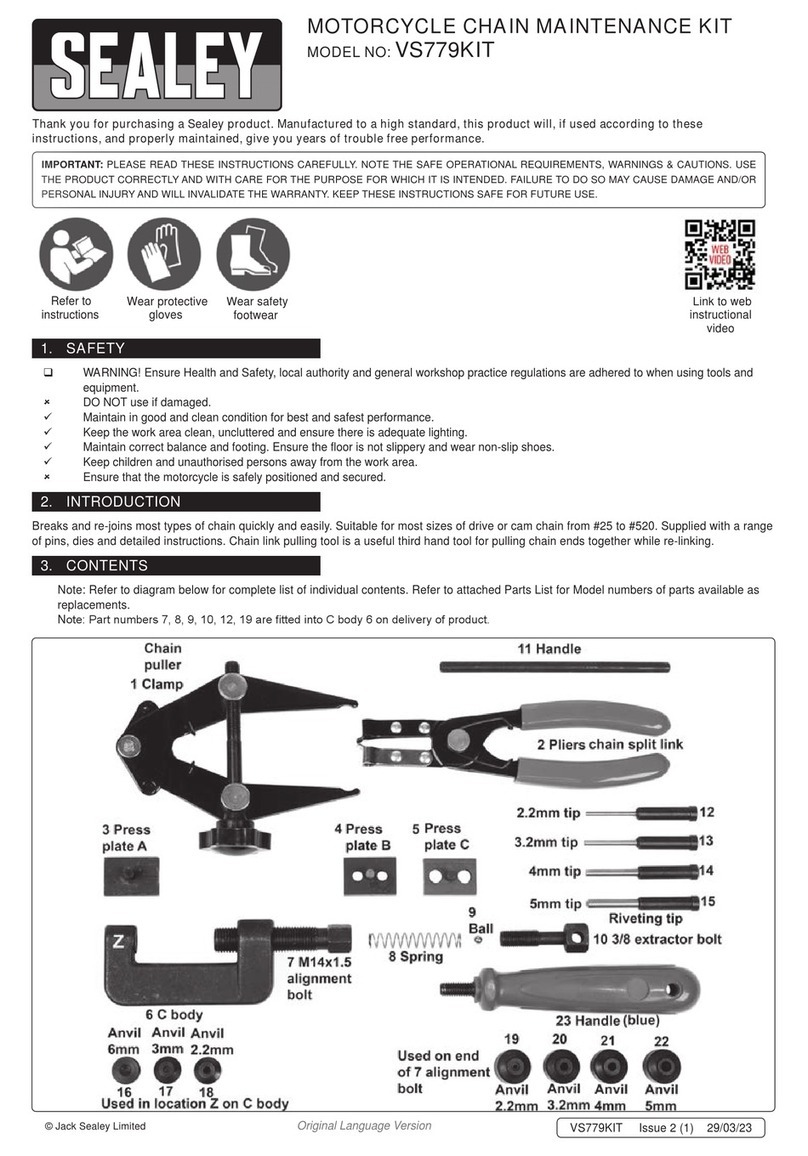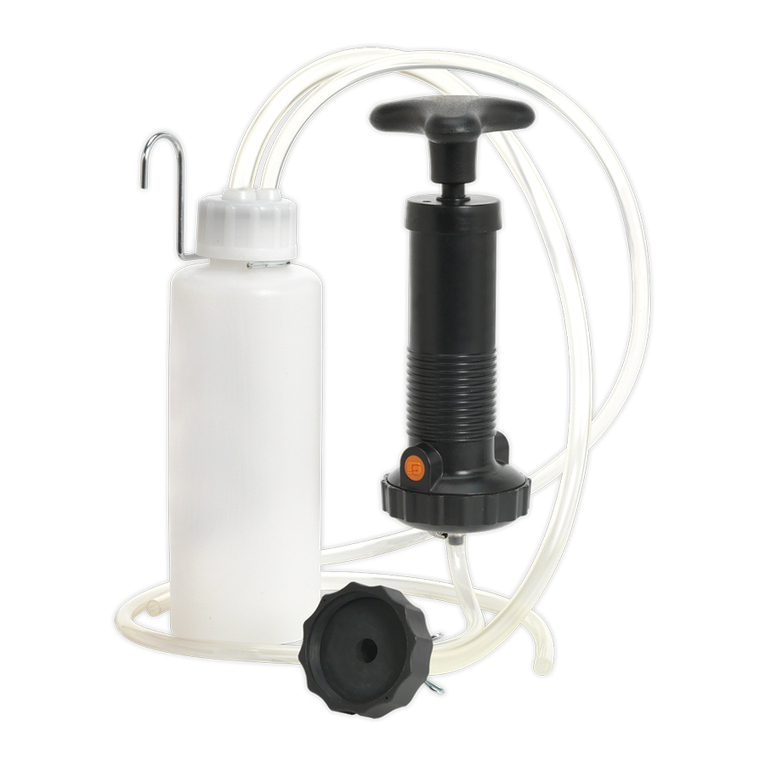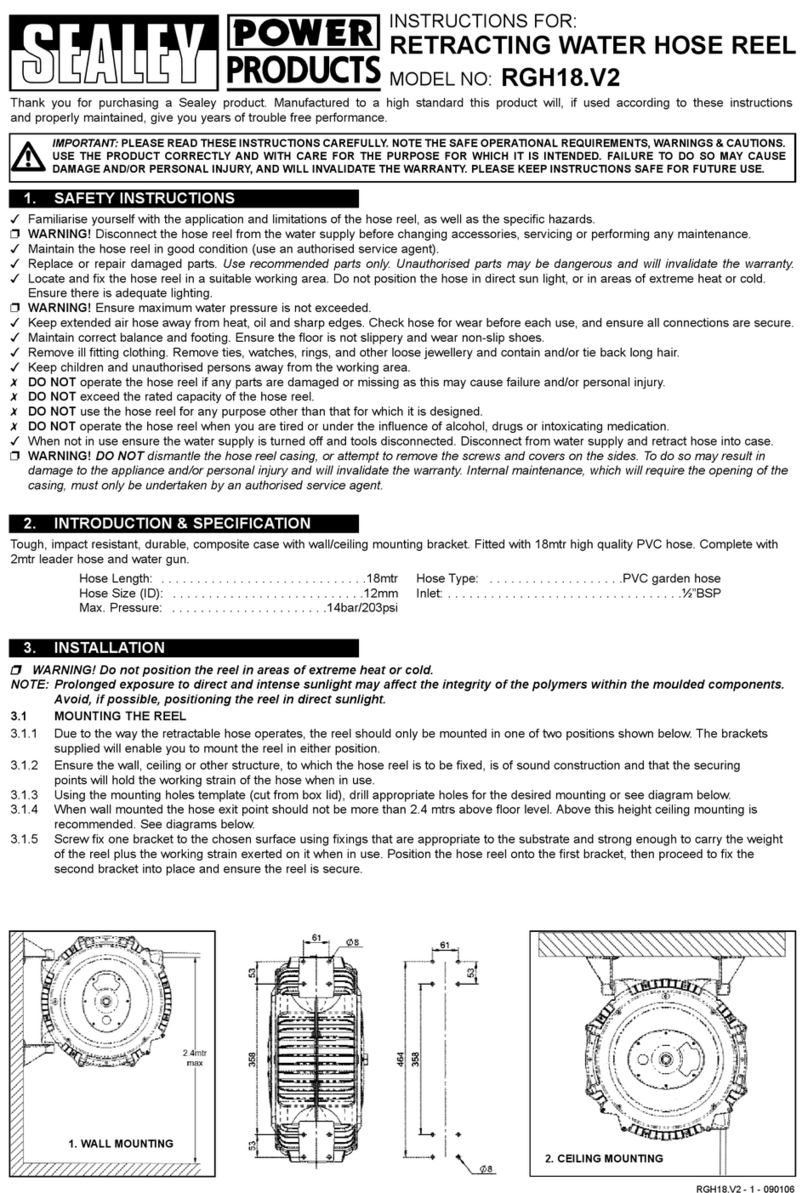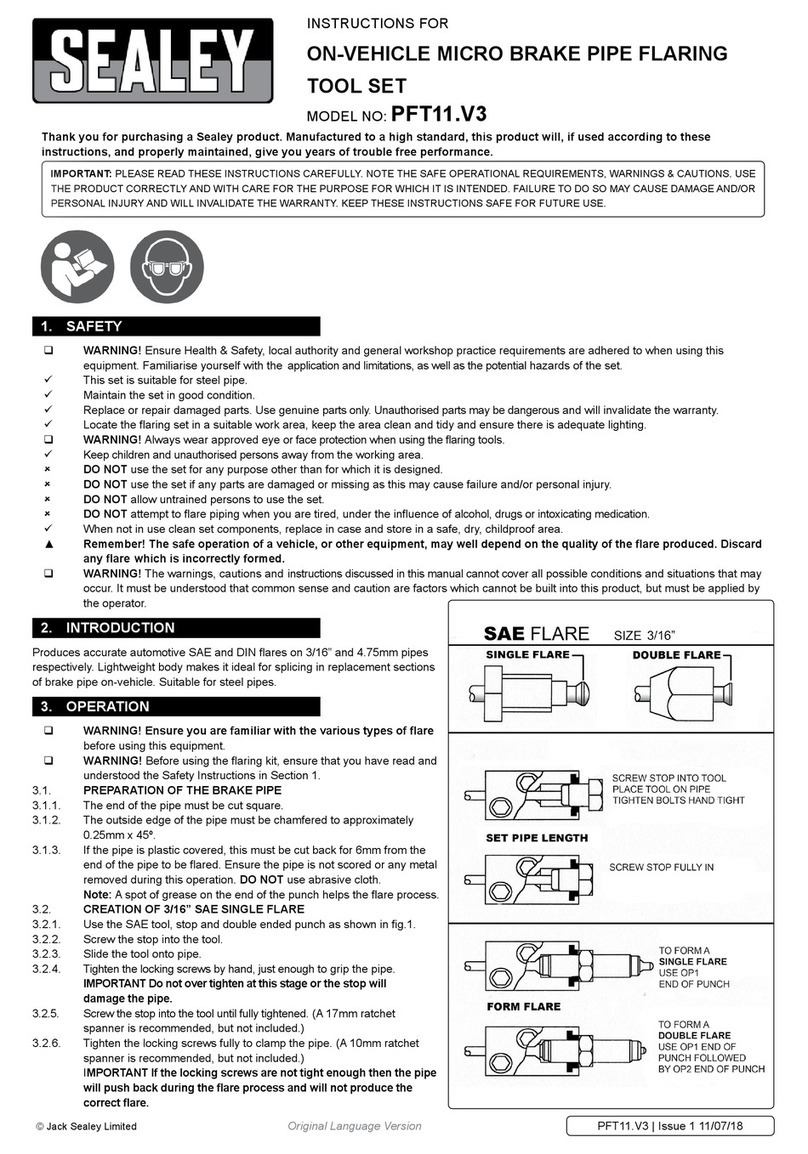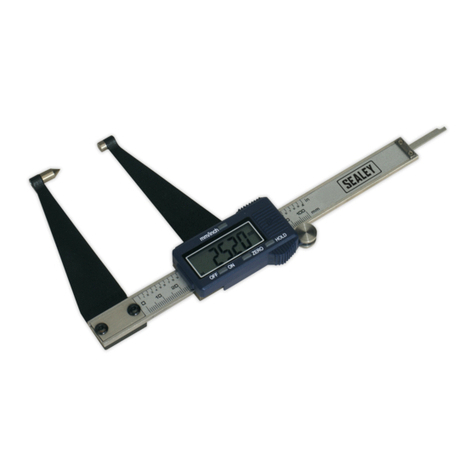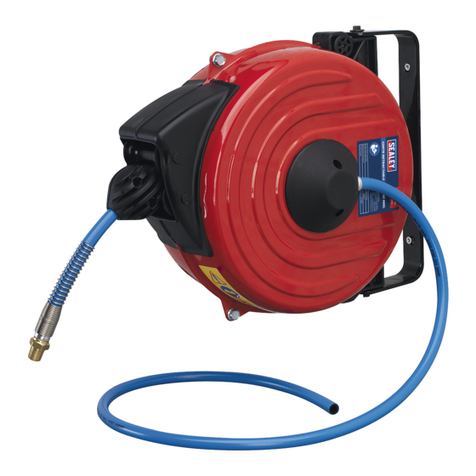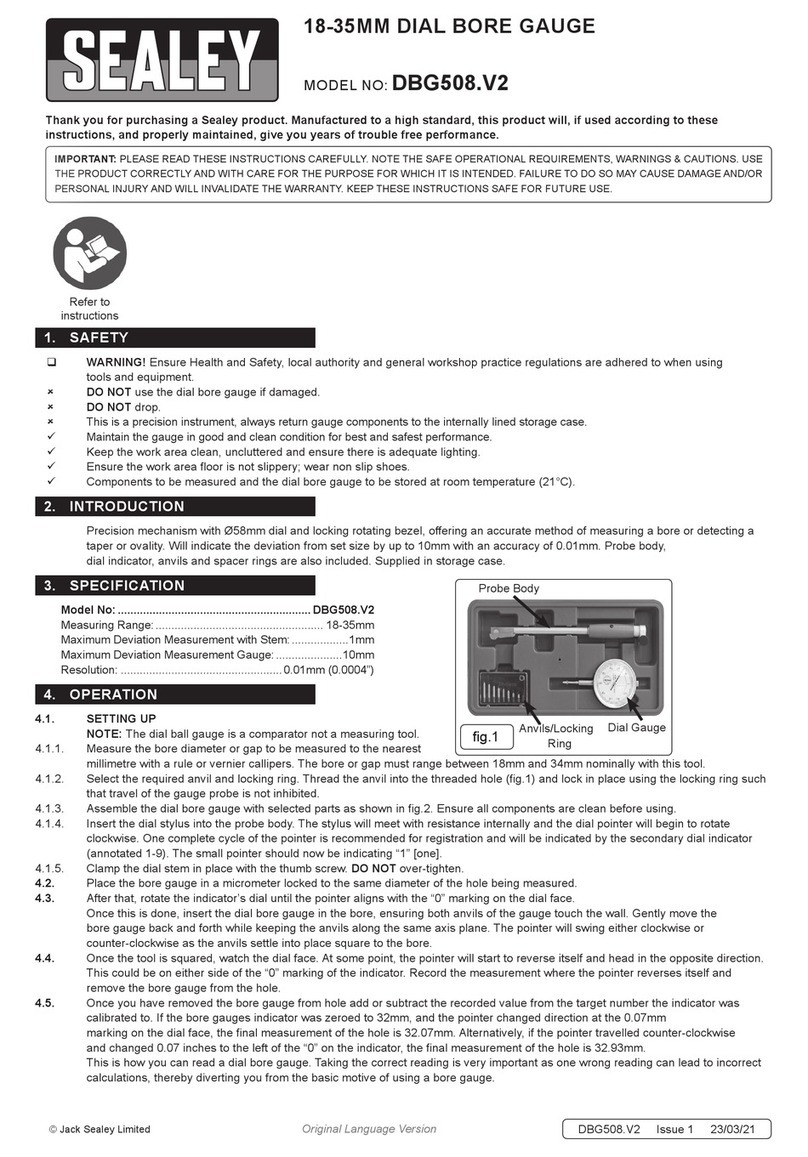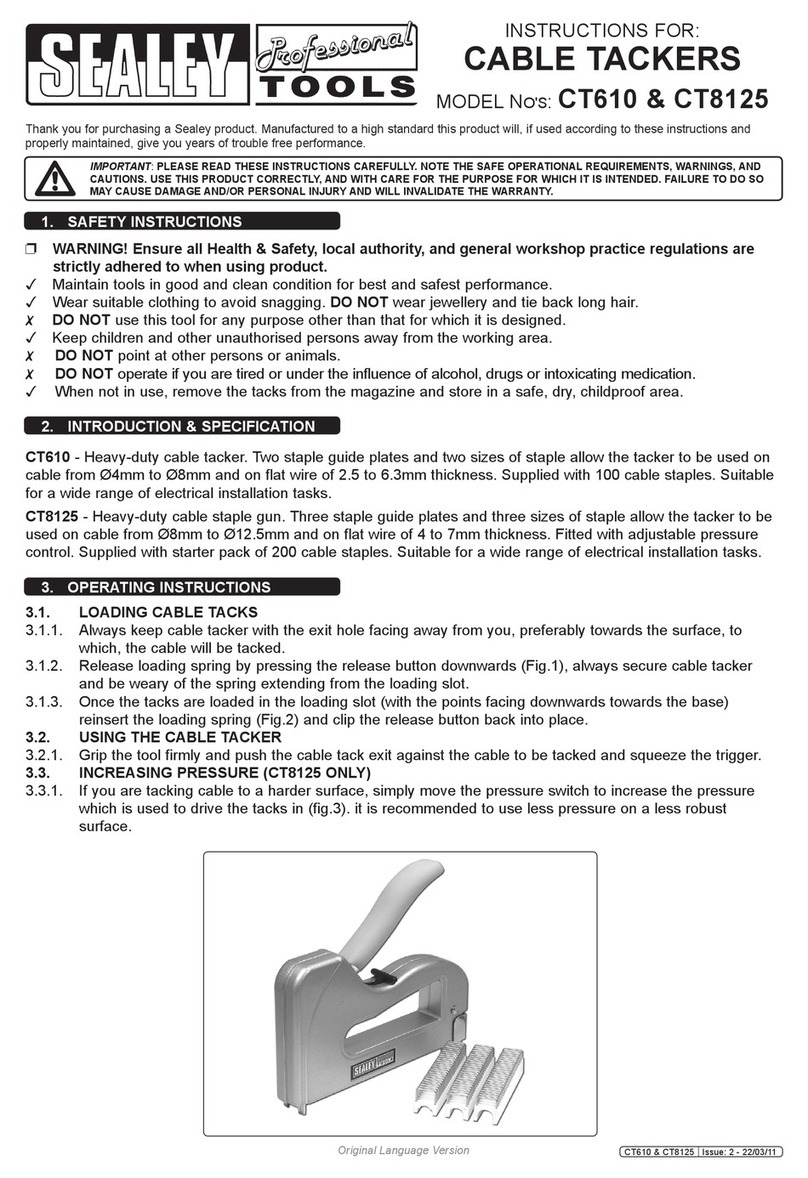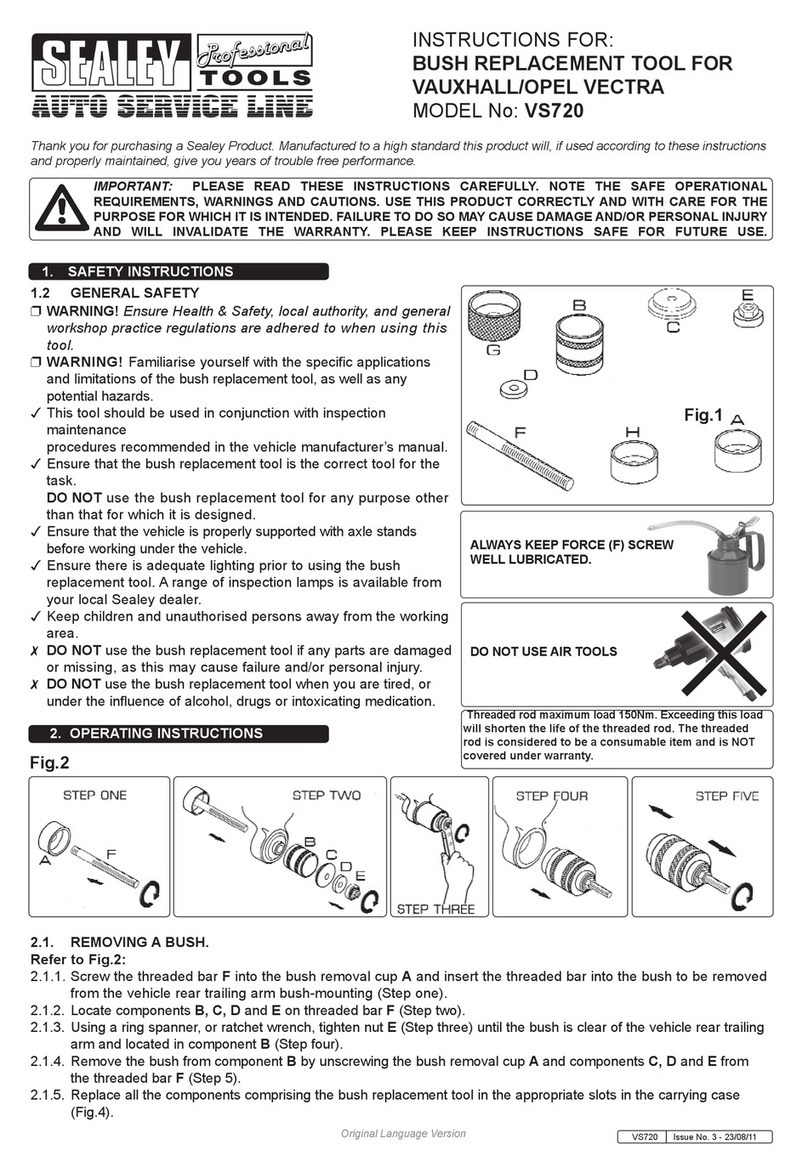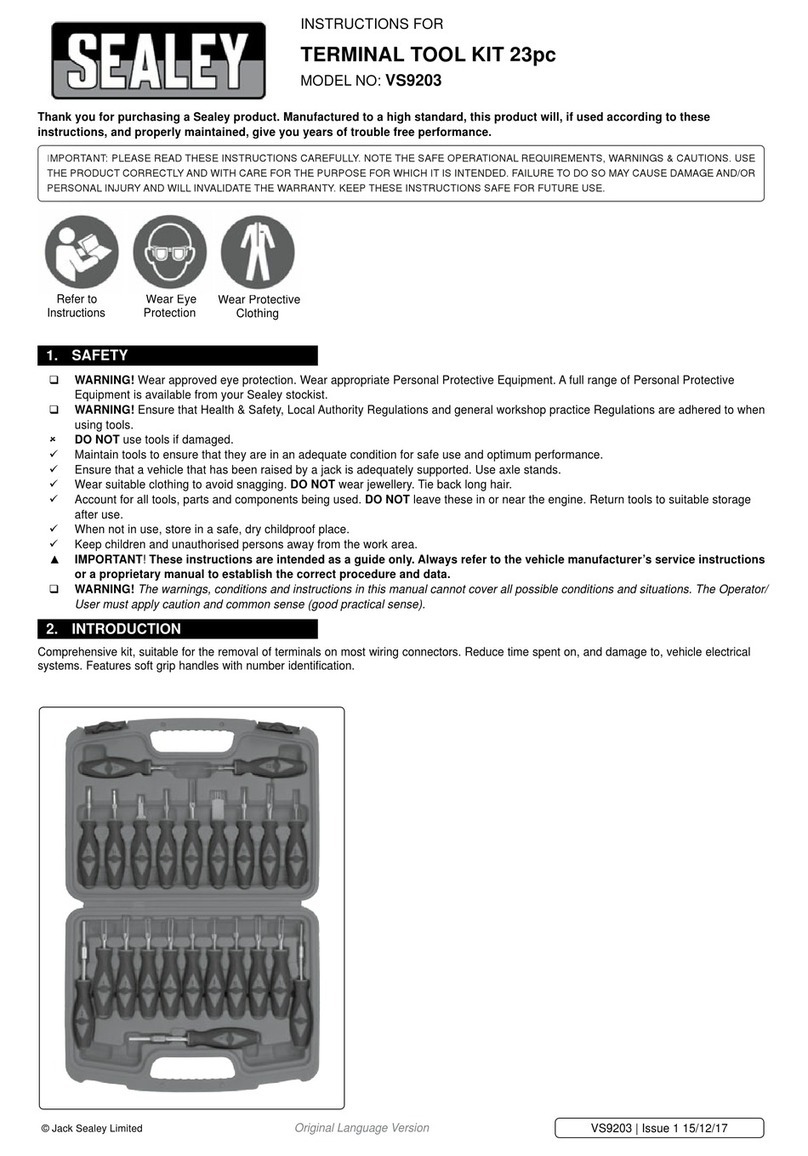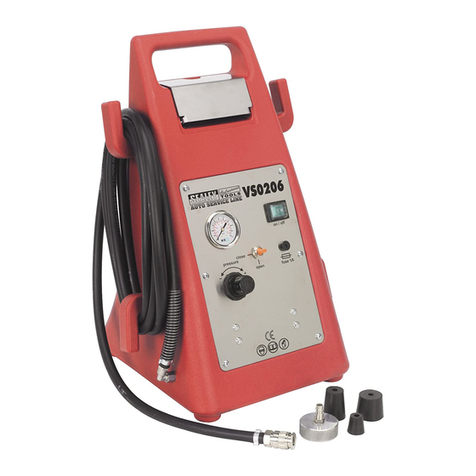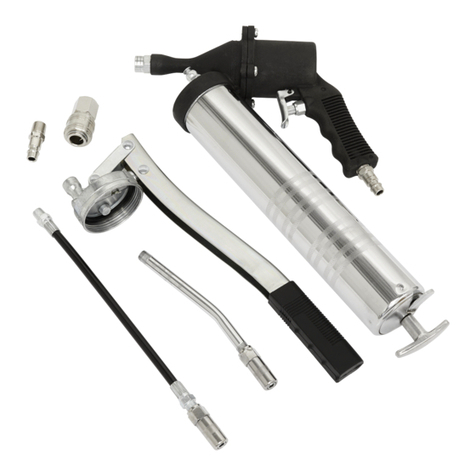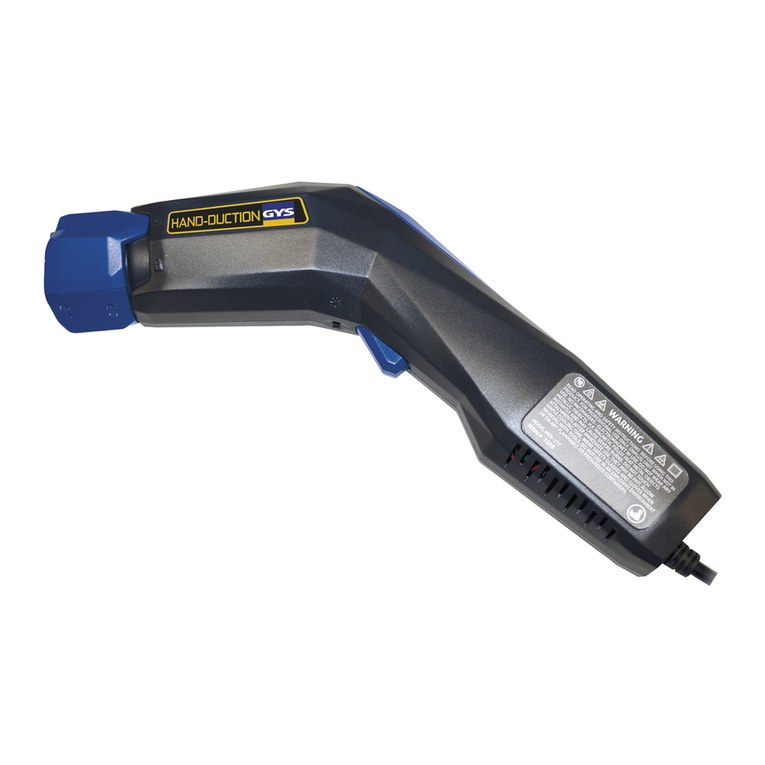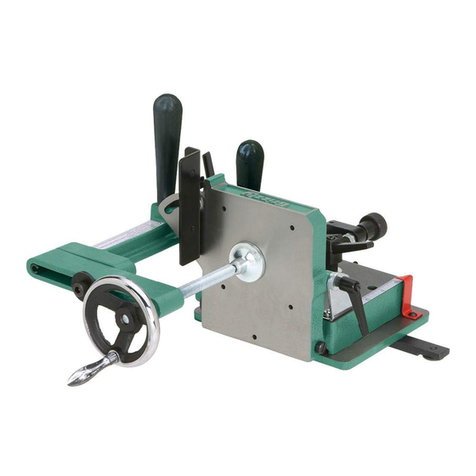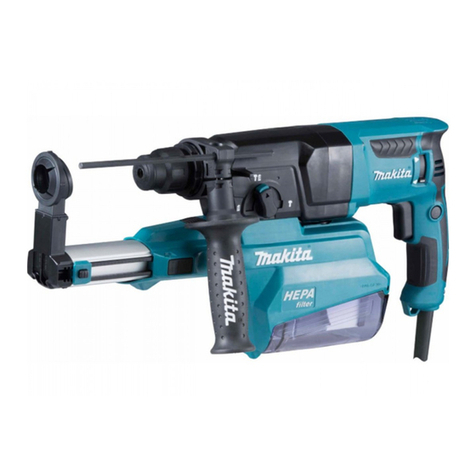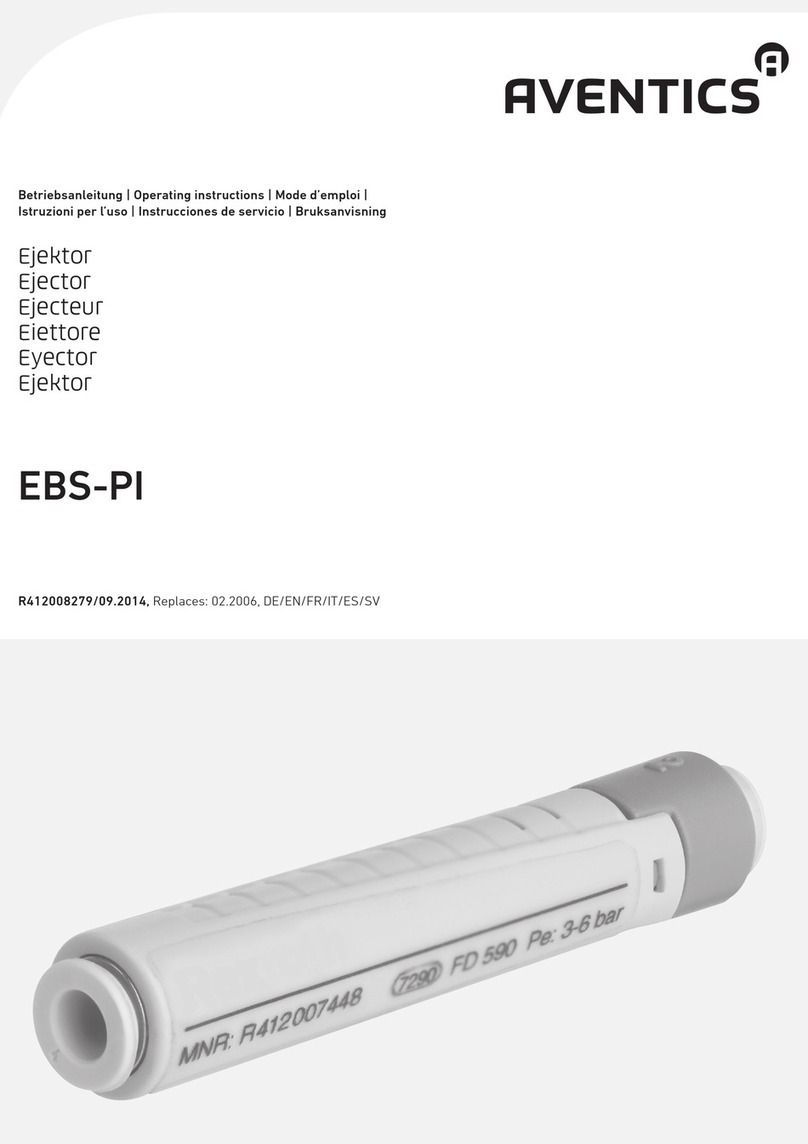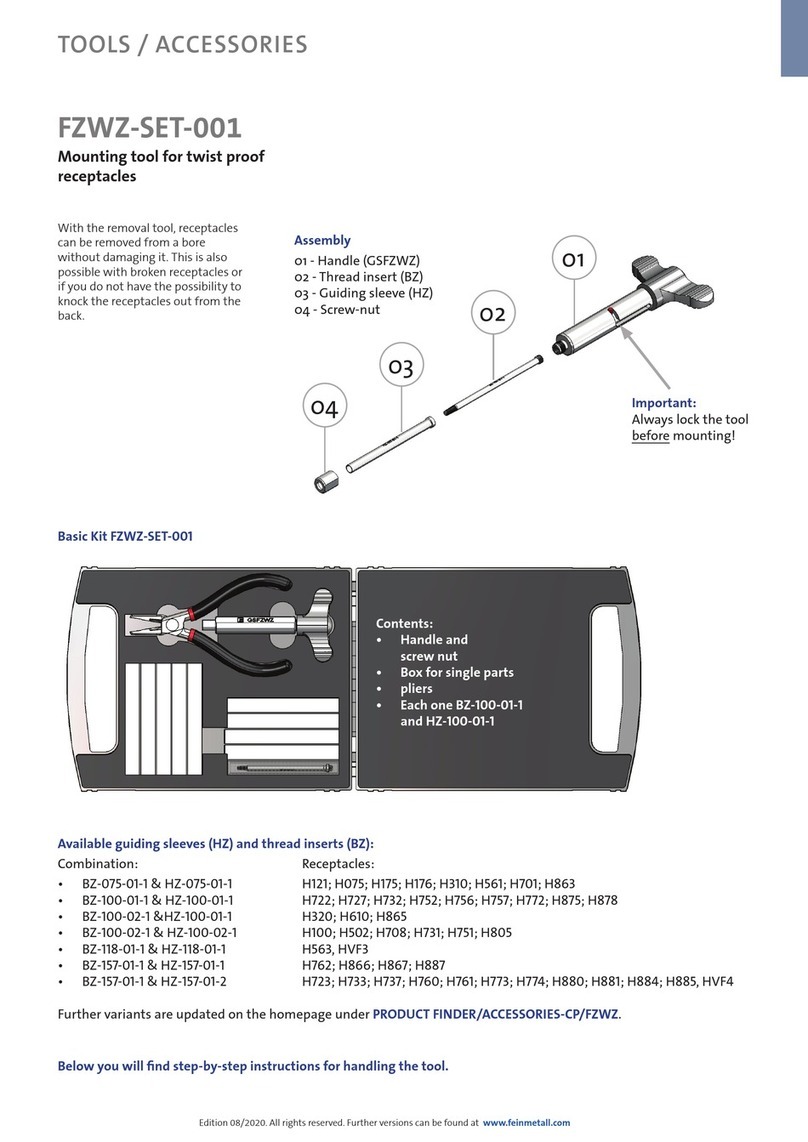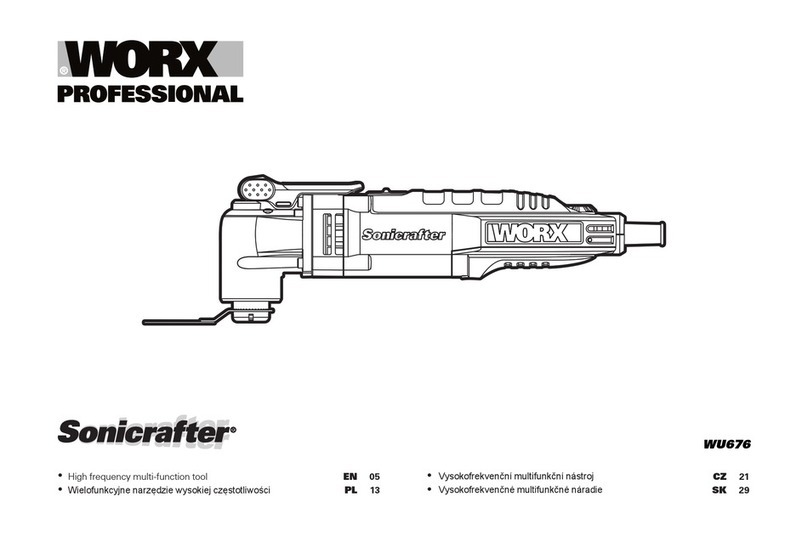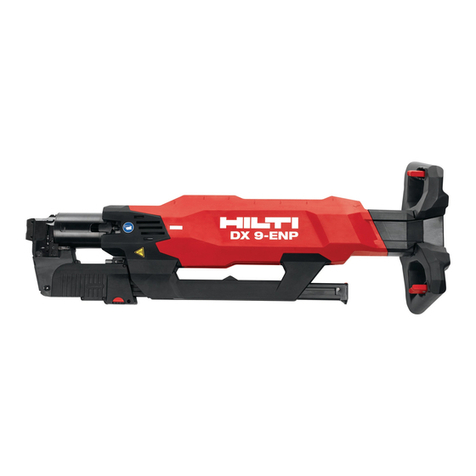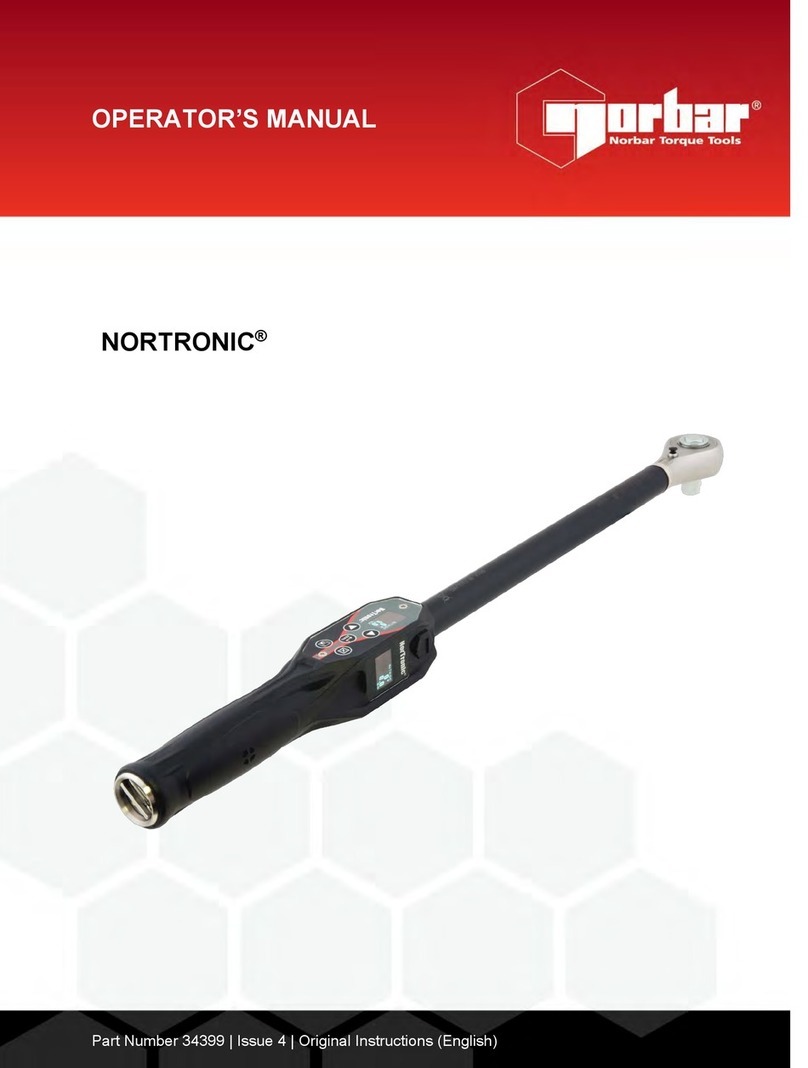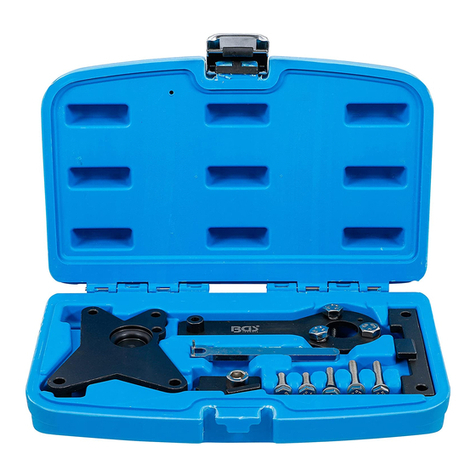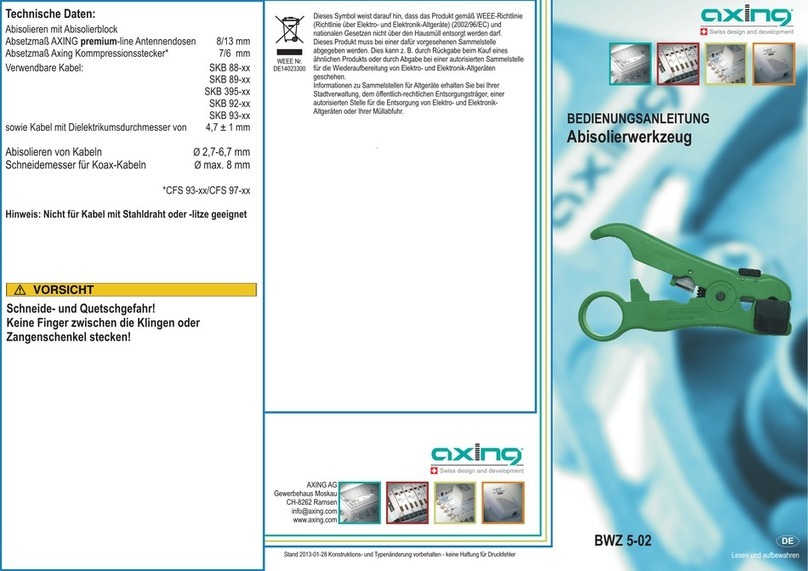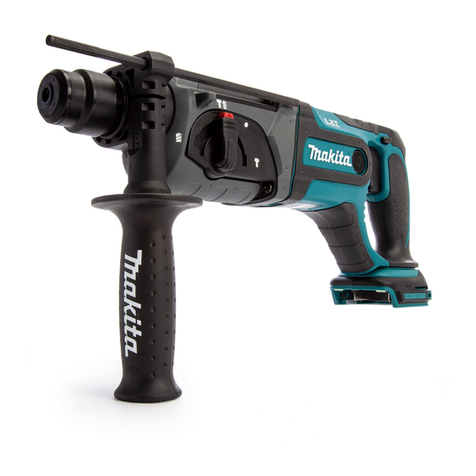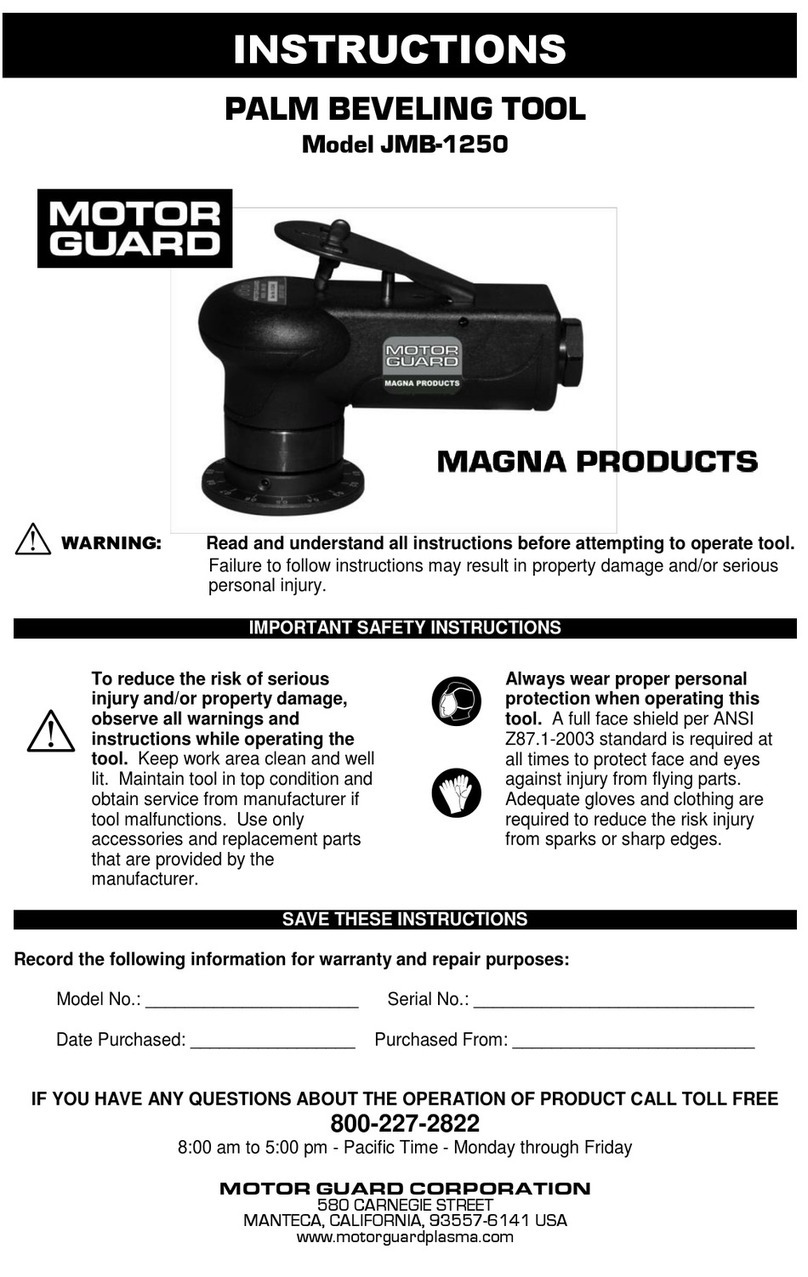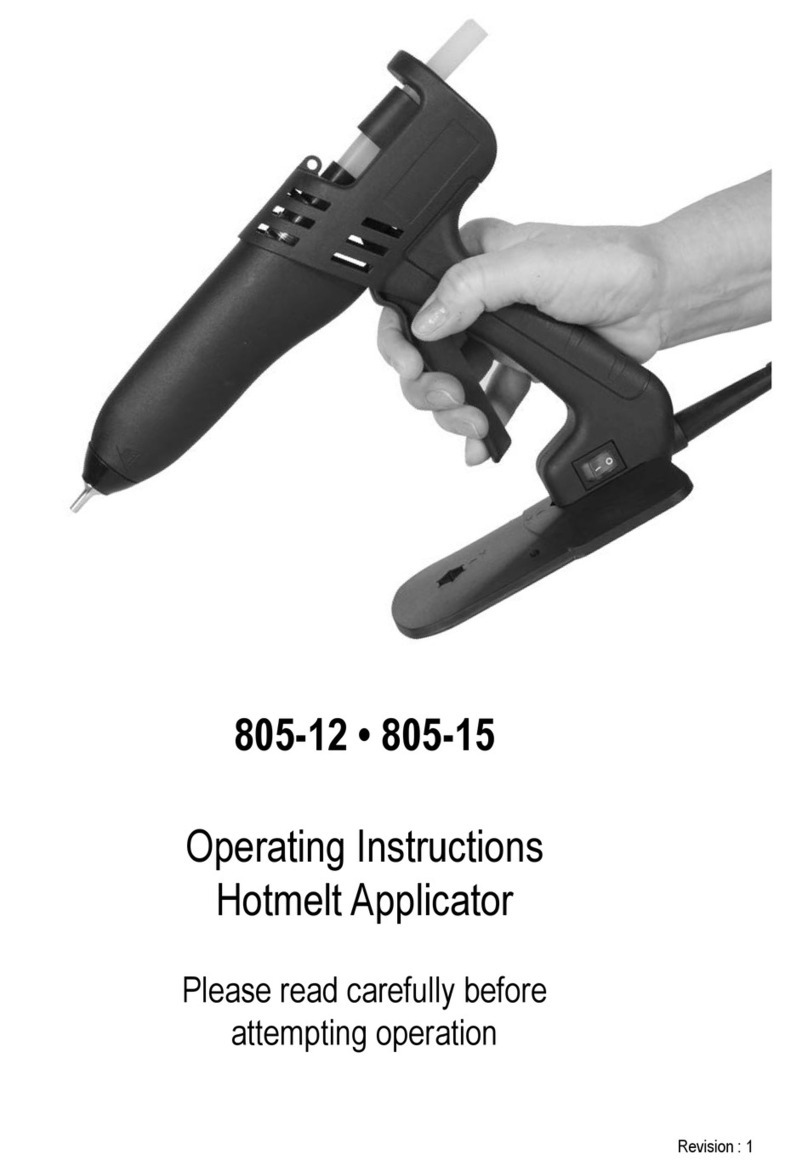
INSTRUCTIONS FOR:
MOTORCYCLE WHEEL ALIGNMENT TOOL
MODEL No: MS070
Thank you for purchasing a Sealey product. Manufactured to a high standard this product will, if used according to these instructions
and properly maintained, give you years of trouble free performance.
1. SAFETY INSTRUCTIONS
IMPORTANT: PLEASE READ THESE INSTRUCTIONS CAREFULLY. NOTE THE SAFE OPERATIONAL REQUIREMENTS, WARNINGS & CAUTIONS.
USE THE PRODUCT CORRECTLY AND WITH CARE FOR THE PURPOSE FOR WHICH IT IS INTENDED. FAILURE TO DO SO MAY CAUSE
DAMAGE AND/OR PERSONAL INJURY AND WILL INVALIDATE THE WARRANTY. PLEASE KEEP INSTRUCTIONS SAFE FOR FUTURE USE.
1.1 GENERAL SAFETY
WARNING! Ensure Health & Safety, local authority, and general
workshop practice regulations are adhered to when using this
equipment.
Maintain the wheel alignment tool in good condition.
Replace or repair damaged parts. Use genuine parts only.
Non-authorised parts may be dangerous and will invalidate
the warranty.
Locate wheel alignment tool in a suitable working area, keep
area clean and tidy and free from unrelated materials.
WARNING! Ensure that the motorcycle is on a stable stand
located on level and solid ground.
Keep the gauge scales clean to ensure accurate performance.
DO NOT use outside in damp or wet weather conditions.
DO NOT allow untrained persons to operate the aligner.
DO NOT leave the alignment tool unattended.
WARNING! The warnings, cautions and instructions
contained within this document cannot cover all possible
conditions and situations that may occur. It must be
understood that common sense and caution are factors
which cannot be built into this product, but must be
applied by the operator.
Any alignment changes deemed necessary as a result of
using this equipment must be made strictly in accordance
with the motorcycle manufacturer’s recommendations.
Original Language Version MS070 Issue: 2 - 20/07/12
1.2 LASER SAFETY
The MS070 utilises a Class 2M laser that emits low
levels of visible radiation light (i.e. wavelengths between
630 and 640 nanometres) which are safe for the skin but
not inherently safe for the eyes. The Class 2M emission limit is set
at the maximum level for which eye protection is normally afforded
by natural aversion responses to bright light. Accidental eye
exposure is therefore normally safe, although the natural aversion
response can be overridden by deliberately staring into the beam,
and can also be influenced by the use of alcohol or drugs.
WARNING!Do not look or stare into the laser beam as
permanent eye damage could result.
DO NOT direct the laser beam at any person’s (or animal’s)
eyes as eye damage could result. If the beam is obstructed by
a person during use, release the contact switch immediately.
DO NOT use the equipment while under the influence of
alcohol, drugs or whilst on medication.
Be aware that reflections of the laser beam from mirrors or
other shiny surfaces can be as hazardous as direct eye
exposure.
2. INTRODUCTION
Fast, simple and accurate alignment of rear wheel. Optimises vehicle
performance and set up after installation or modification of the chain,
sprockets, brakes or suspension components. This fully portable kit
is also ideal for track-day set up or for the motorcycle enthusiast.
© Jack Sealey Limited
3. SET-UP
3.1 Laser Power: The laser units are battery powered and
require two AA batteries in each battery box. See fig.2.
3.1.1 Slide back the lid on each box and insert the batteries paying
attention to the polarity markings in the base of each box.
Slide the lids back into position on each battery box.
3.1.2 Ensure the laser units are working by switching on with the
units directed to the ground. Switch off after testing.
3.2 Assembly: Identify the laser unit with the threaded insert in
the side and screw one of the threaded rods supplied into the
insert. Identify the scale unit with the threaded insert in
the side and screw the other threaded rod into place.
3.3 Motorcycle stability: Before attaching the laser and scale
units you must ensure that the motorcycle is adequately
supported on a suitable stand that lifts the rear wheel from
the ground and supports the motorcycle in a perpendicular
orientation. The stand must also be on a firm stable surface
such as concrete.
3.4 Attaching the laser units to the rear wheel: Referring to
fig.1, loosen the clamp and remove the clamp unit and spring
from the rod together with the right hand laser unit. Position
the left hand laser unit with the rod attached on the nearside
fig.1
fig.2
